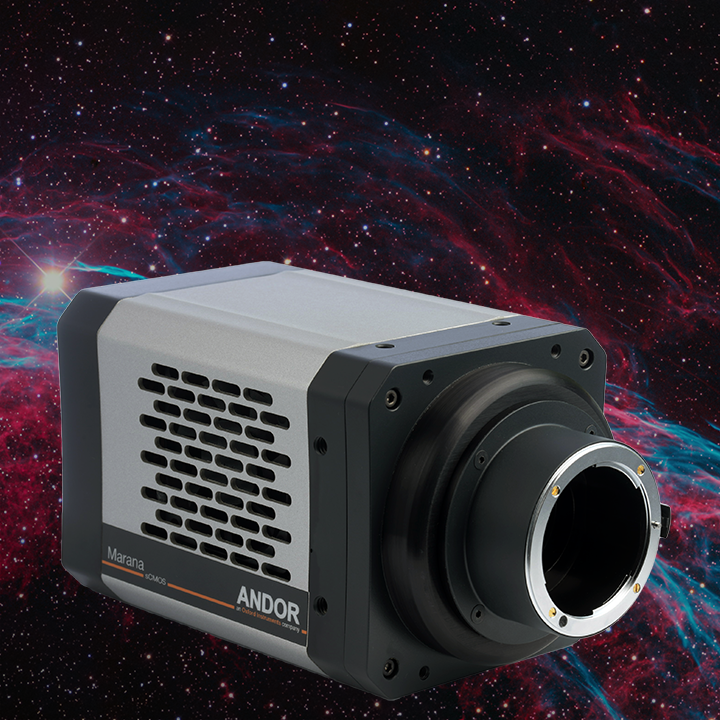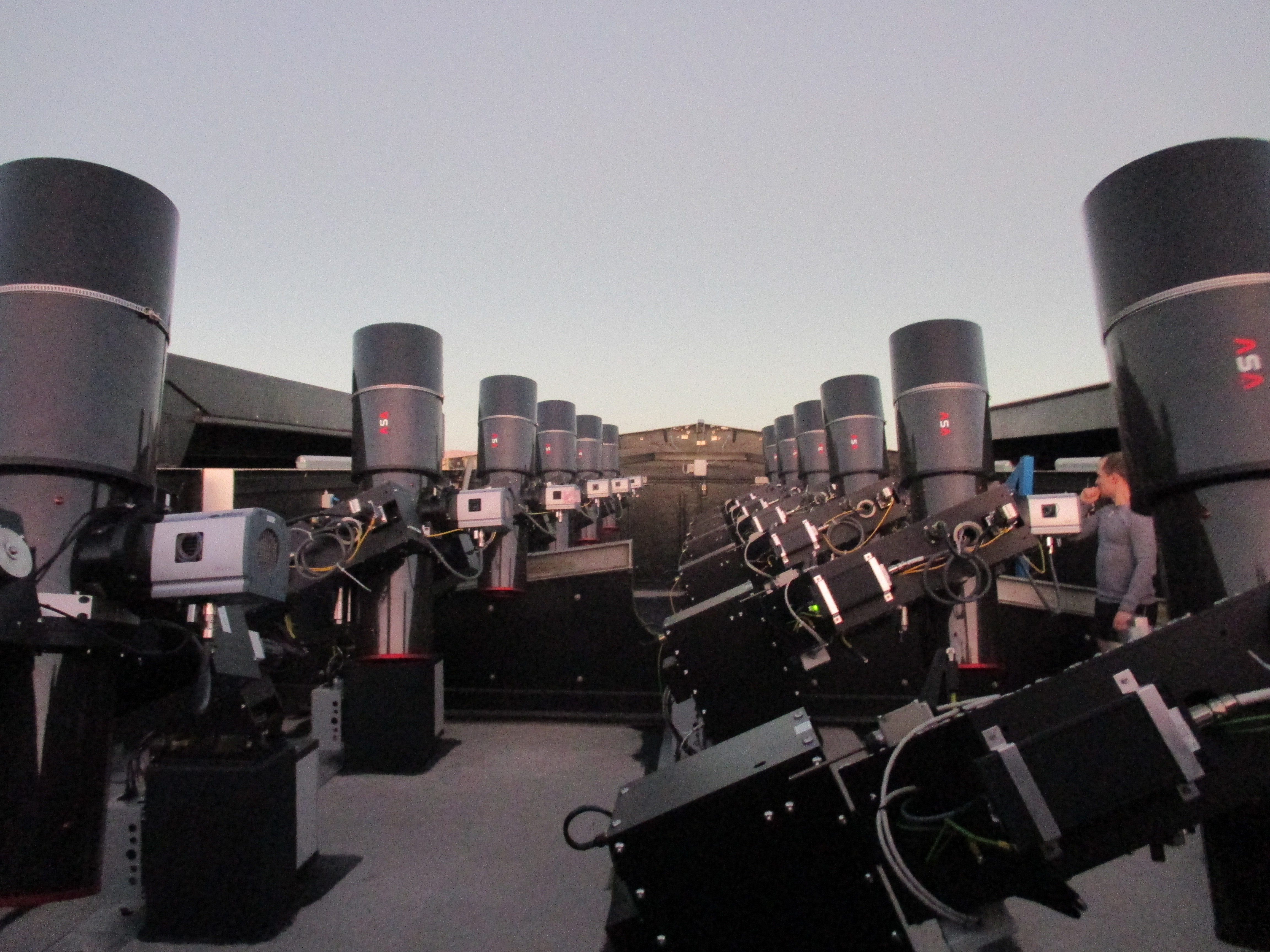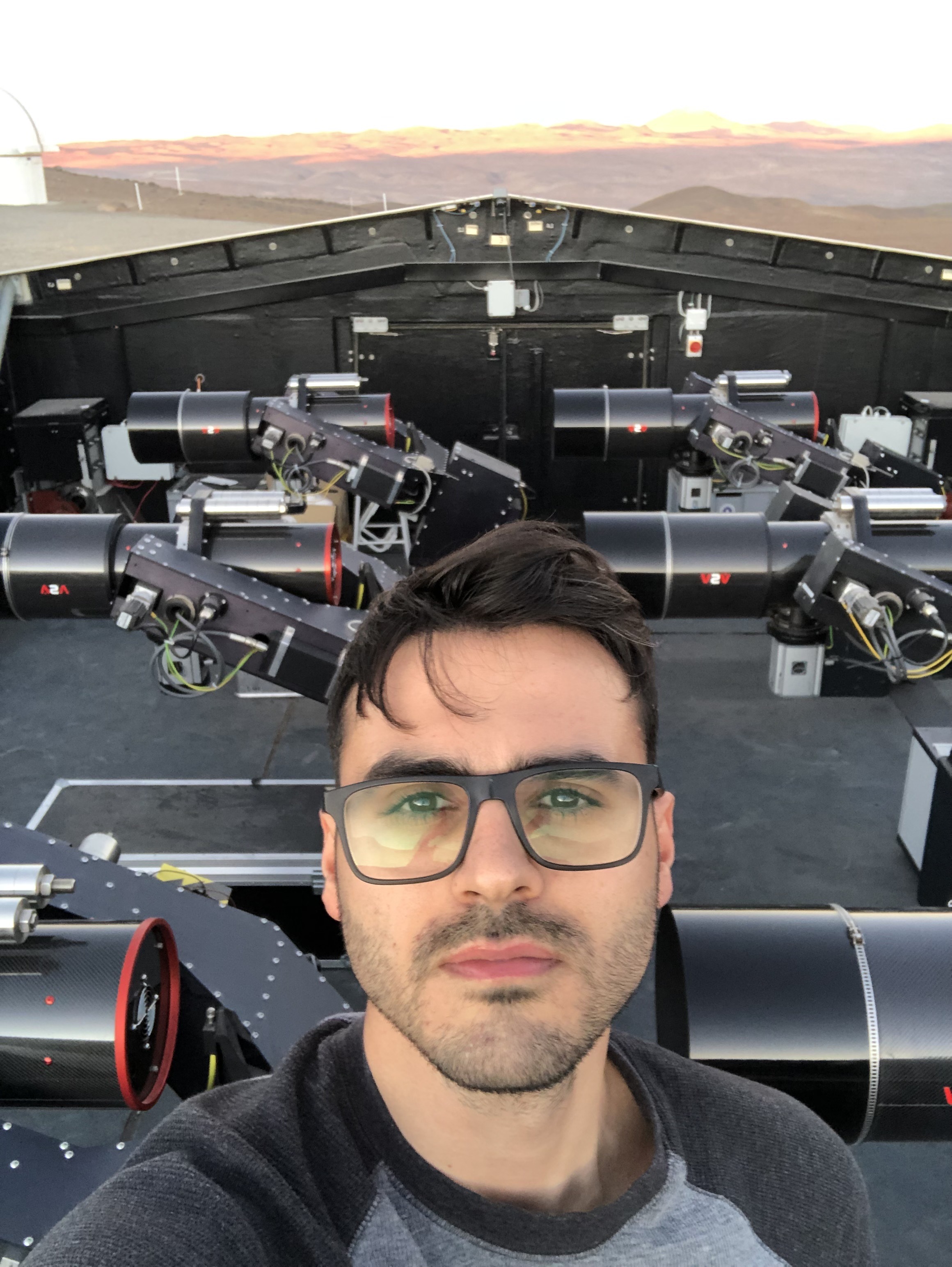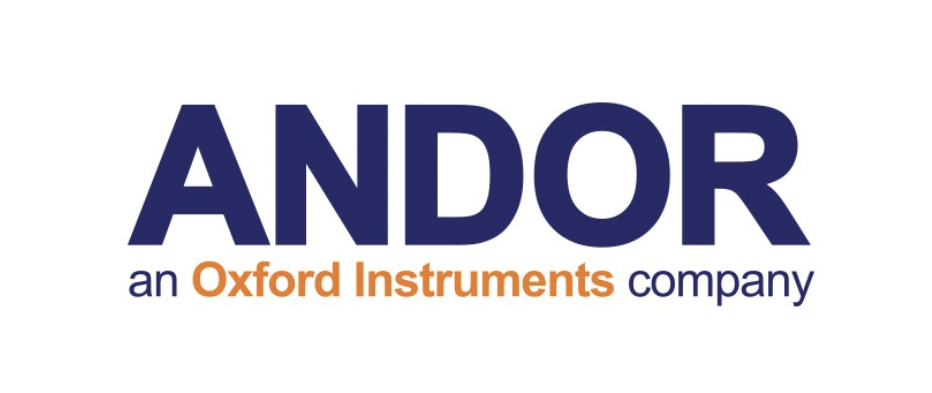Ioannis Apergis
I'm Ioannis (he/him), and I am a 2nd Year PhD student in the Astronomy and Astrophysics group at the University of Warwick, supervised by Dr Daniel BaylissLink opens in a new windowLink opens in a new win (2022-2026).
I also completed an MPhys in Astronomy, Space Science and Astrophysics at the University of Kent, supervised by Professor Stephen LowryLink opens in a new window (2018-2022).
Research
My PhD involves the testing of the Andor Marana sCMOS camera in the lab and on-sky at the NGTS facility. It is a collaborative project between the Astronomy and Astrophysics group of the University of Warwick and the camera's manufacturer, Andor Technology, in Belfast. I will visit and work with Andor TechnologyLink opens in a new window at their Belfast offices as part of this PhD project. The goal of this visit will be to learn and execute methods and techniques for optical characterization of astronomical cameras along with optimizations and improvements for the best possible performance for high precision photometry. You can find me CV hereLink opens in a new window.
Marana sCMOS

Scientific Complementary Metal-Oxide Semiconductor (sCMOS) imaging devices are an alternative photon-detector technology to CCDs. They now utilize advanced methods such as back-illuminated architecture. The Andor Maranas CMOS camera, is a fast readout, low read-noise device featuring a back-illuminated chip. In addition with its ancestor Andor Neo, Marana has a wide dynamic range with full well depth of 85k electrons, and high quantum efficiency, making it suitable for advanced astronomical surveys like NGTS.
NGTS

I am also part of the The Next Generation Transit Survey (NGTS) group which is an observational facility located in ESO’s Paranal Observatory in Chile. This project aims to detect and characterise transiting exoplanets, using 12 fully automated robotic telescopes with aperture of 20 cm. It undertakes precise photometric measurements using optimised deep depletion back-illuminated Andor iKon-L 936 CCD cameras with observing wavelength range between 750 to 1000 nm.
Andor Technology
During my three-month tenure in Andor, I was actively engaged with the R&D and Optical Product Engineering team. My responsibilities encompassed the comprehensive characterization of sCMOS cameras, the exploration of innovative methods and techniques for their optimization, and hands-on experience with various sCMOS models featuring distinct sensors. Additionally, I devoted some of my time to contributing to the development of new prototype sCMOS cameras. Since leaving the company, I have continued to work remotely, participating in various online meetings and remaining involved in ongoing projects.
First aider
I have participated and received a first aid certificate in First Aid at Work course under the Health & Safety (First Aid) Regulations 1981 Including Defibrillator Training. I will hold the First Aid officerLink opens in a new window position on Windmill Hill Observatory and Millburn House (2022-2025).Conferences and talks
| NGTS Consortium | April 2023 | Slides |
| NGTS Consortium | September 2023 | Slides |
| NGTS Consortium | March 2024 | Slides |
| Warwick Exoplanets Work Talk | October 2023 | Request |
| Warwick Astronomy Society Talk | December 2023 | Slides |
| UKEXOM 2024 | April 2024 | Poster |
Awards and Prizes
| Andor Thechnology | February 2024 | The Innovation Prize 2023 Overall Winner |
Teaching duties
| Astrophysics A1 Laboratories (PX271, PX283Link opens in a new window) | October 2022 | Demonstrator |
| Astrophysics Laboratory III (PX451Link opens in a new window) | January 2022 | Demonstrator |
Summer Schools
| Astronomy and Artificial Intelligence Summer SchoolLink opens in a new window |
July 2023 | Attended |



